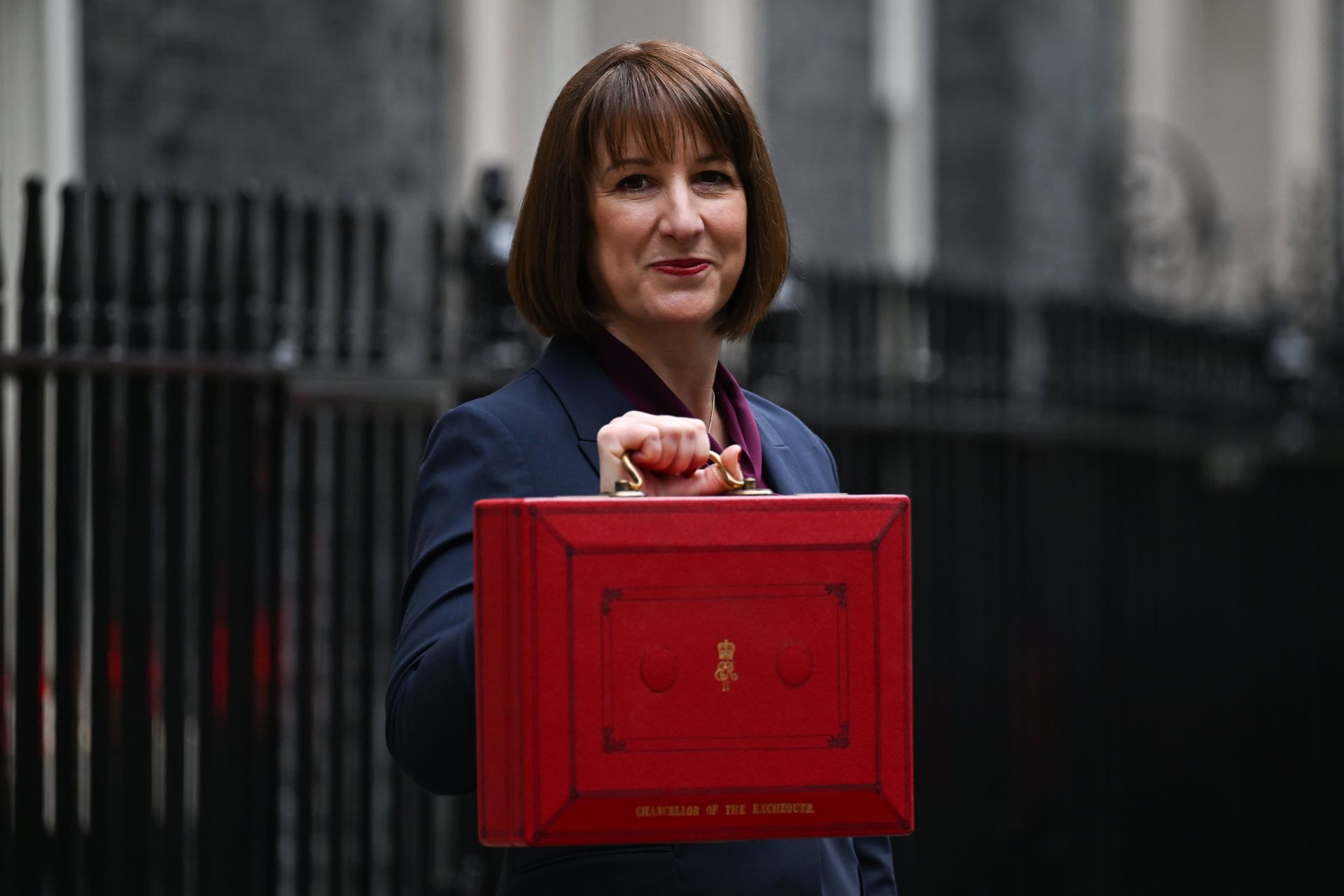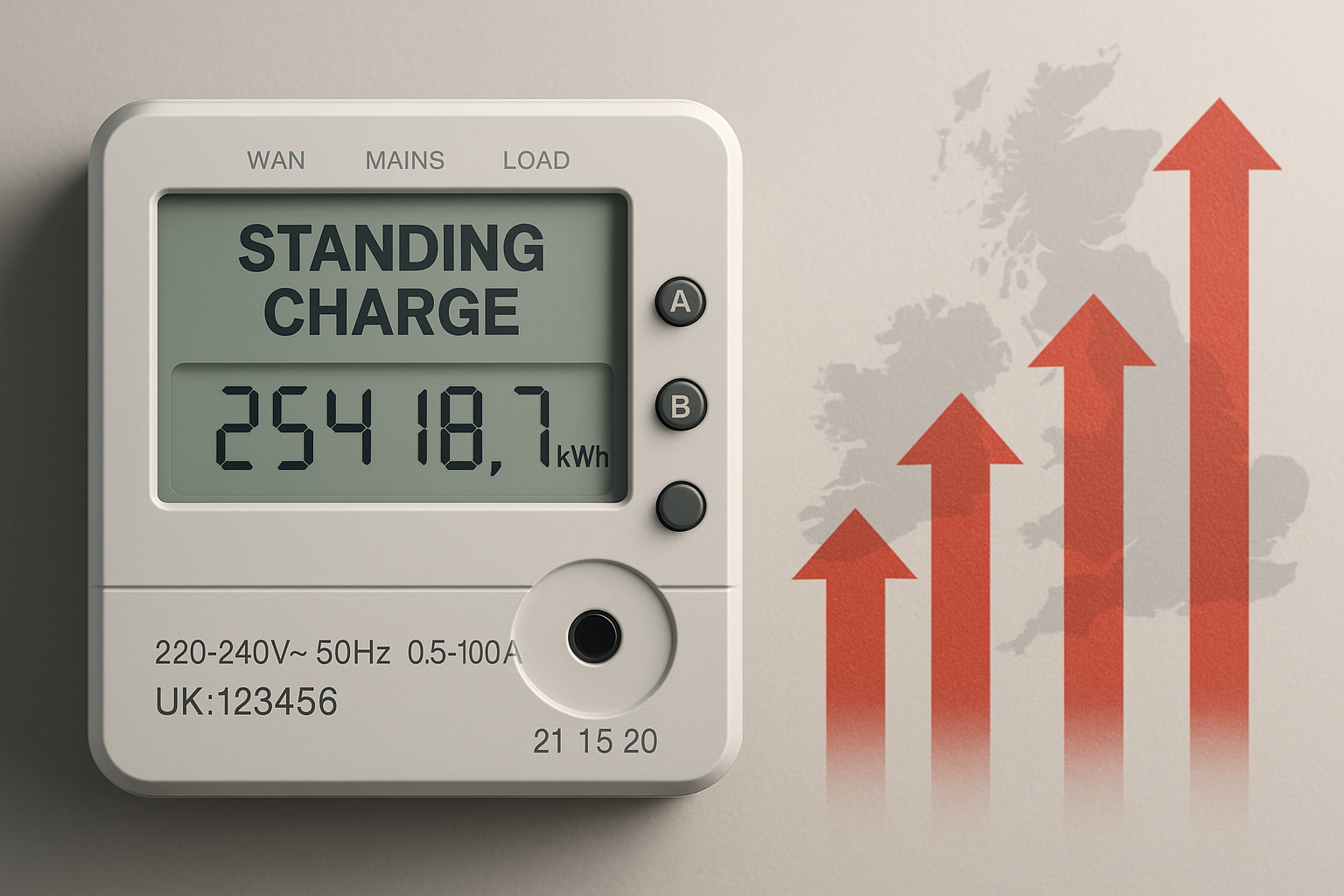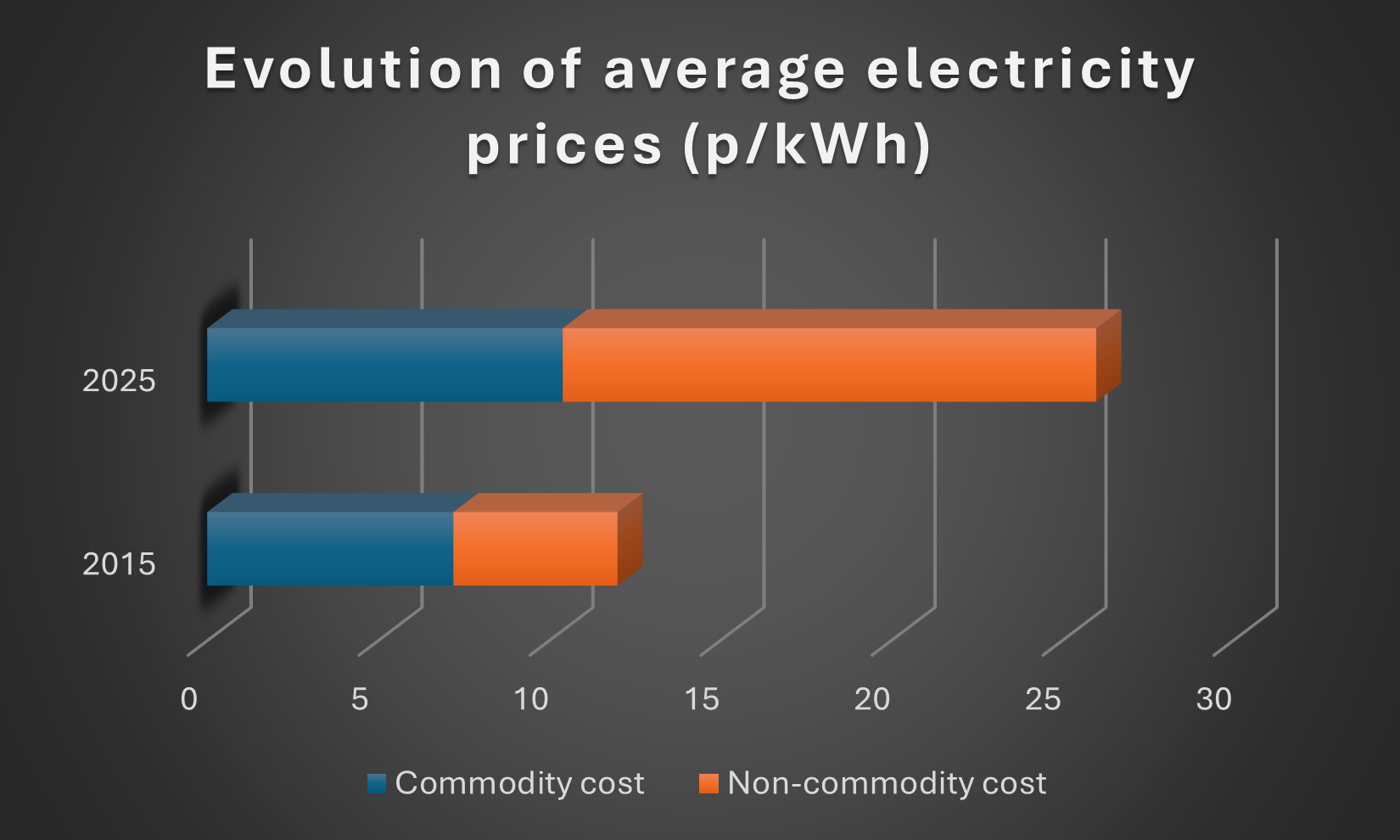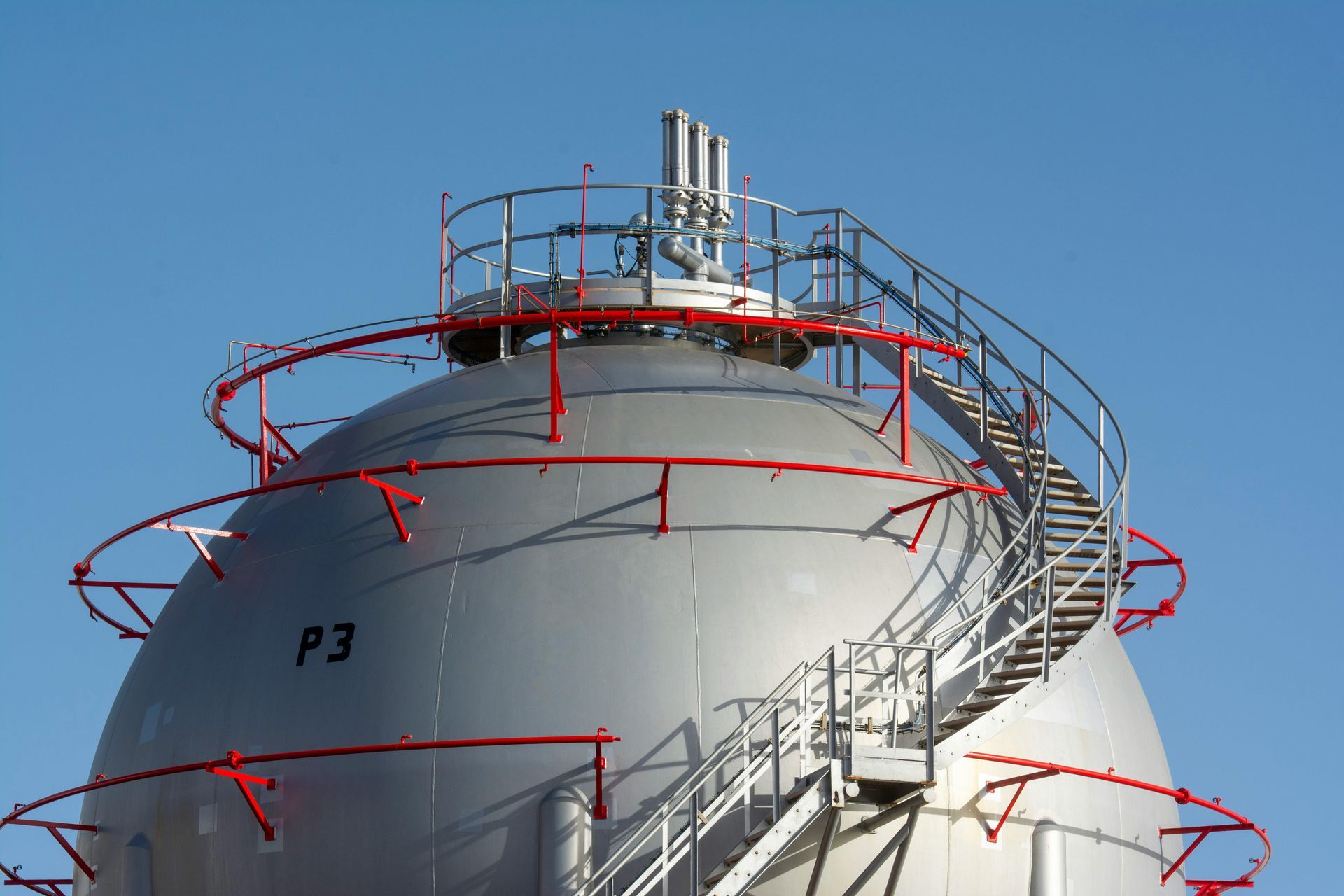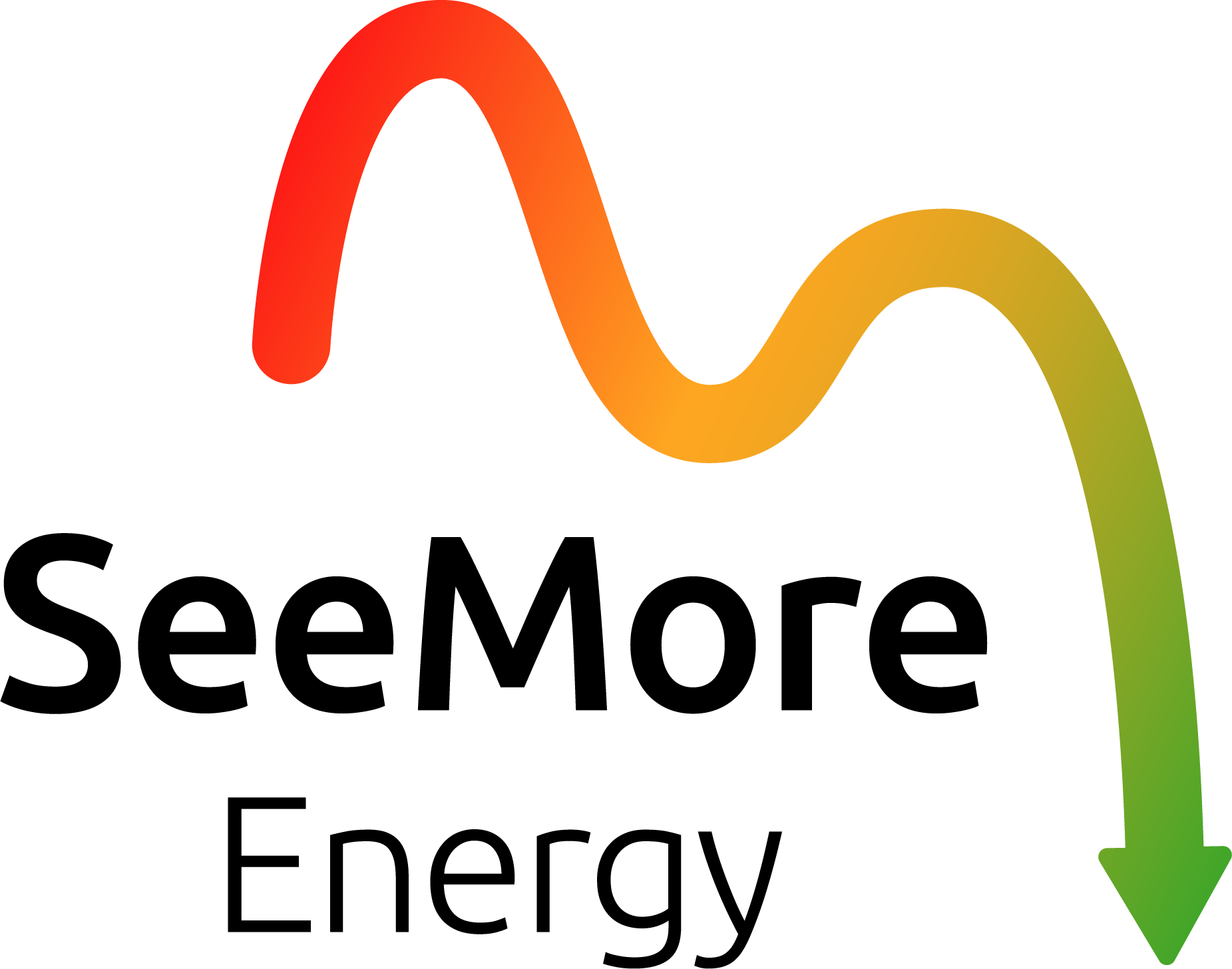The Support Scheme for Energy Intensive Industries and Do You Need to Apply?
The ETII Scheme
In April a new support scheme for energy intensive industries (ETIIs) began in the UK. The scheme will provide financial assistance to businesses operating in energy intensive industries in order to help them offset the rising cost of energy.
The discount they receive will apply to 70% of energy volumes and contains a maximum discount of £40/MWh for gas, and £89/MWh for electricity.
Are we eligible?
ETIIs are defined as industries that use a significant amount of energy relative to their size. The government has identified a list of sectors that are considered to be ETIIs. These sectors include:
- Chemicals
- Iron and steel
- Non-ferrous metals
- Paper and printing
- Pulp and paper
- Cement
- Glass
- Ceramics
- Textiles
- Wood and furniture
- Rubber and plastics
- Non-metallic mineral products
A full list can be found here.
To be eligible for the discount, companies must generate at least 50% of their revenues from UK-based activities. They must also have a non-domestic energy contract with a licensed energy supplier and be one of the following:
- on existing fixed price contracts that were agreed on or after 1 December 2021
- signing new fixed price contracts
- on deemed/out of contract or variable tariffs
- on flexible purchase (or similar) contracts
- on variable ‘Day Ahead Index’ (DAI) tariffs (Northern Ireland scheme only)
Companies will not be eligible if:
- energy is used to generate and export material quantities of energy back to the grid, including if it has been stored first – except for some combined heat and power schemes.
- energy is made available, or used to make heating, hot water or electricity available to customers in the Republic of Ireland.
The ETII scheme is expected to provide significant financial relief to all eligible businesses. Government estimates state that the scheme will save ETIIs up to £1 billion per year.
How is the discount applied?
Unlike the Energy Bill Discount Scheme (EBDS) the ETII discount will not be applied automatically and businesses that operate in an ETII will need to submit an application. This application should contain the registered name of the organisation, the company registration number, up to 4 standard industrial classification codes, the name of the energy supplier and the electricity/gas meter point numbers, and a signed letter from a director. Additional financial evidence may need to be submitted in some circumstances.
If your company is eligible they have 90 days from April 26th 2023 to apply for support.
If your organisation is in need of support regarding your eligibility for the ETII scheme, or if you would like help with your application, then don’t hesitate to contact the team at Seemore energy at admin@seemoreenergy.co.uk and one of our energy experts can help you throughout the process.
Contact Us for assistance with your ETII application


